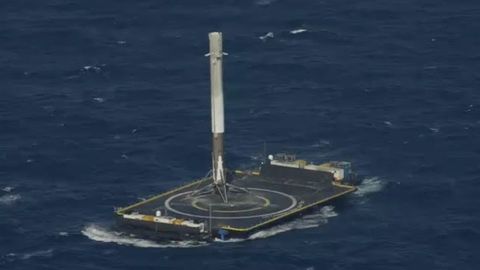
Subtitles & vocabulary
SpaceX lands rocket at sea, makes history
00
alex posted on 2016/04/26Save
Video vocabulary
expect
US /ɪkˈspɛkt/
・
UK /ɪk'spekt/
- Verb (Transitive/Intransitive)
- To believe something is probably going to happen
- To anticipate or believe that something will happen or someone will arrive.
A1TOEIC
More path
US /pæθ, pɑθ/
・
UK /pɑ:θ/
- Noun
- Method of living leading to a particular result
- Track made with stones, by walking over the ground
A2TOEIC
More ground
US /ɡraʊnd/
・
UK /graʊnd/
- Transitive Verb
- To break (coffee, etc.) into tiny bits with machine
- To make sharp or smooth through friction
- Intransitive Verb
- To make loud jarring noise by pressing hard
- To hit the bottom
A1
More company
US /ˈkʌmpəni/
・
UK /'kʌmpənɪ/
- Noun (Countable/Uncountable)
- Good feeling from being with someone else
- A business that sells things or provides services
A1
More Use Energy
Unlock All Vocabulary
Unlock pronunciation, explanations, and filters
